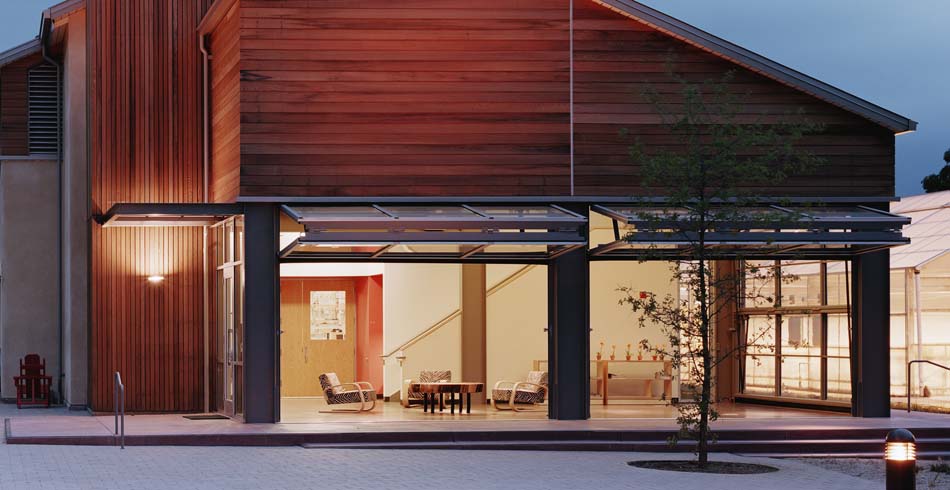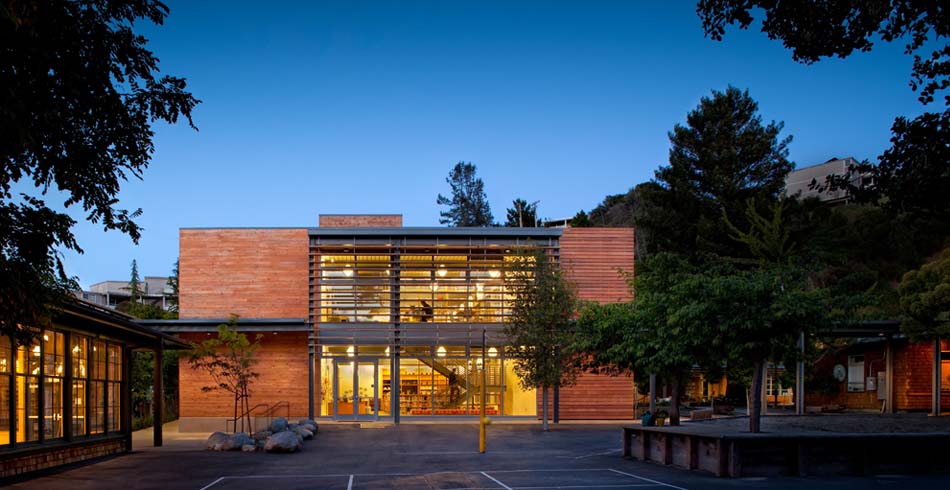EHDD’s Response to the “World Architecture Survey”
Vanity Fair recently polled leading critics, deans of architecture schools, and architects with two questions: what are the five most important buildings, bridges, or monuments constructed since 1980, and what is the greatest work of architecture thus far in the 21st century? The results highlight a glossy cannon of international starchitects and their iconic works yet no green buildings made the cut, spawning a flurry of response from the green building community. To add further fuel to the fire, architectural correspondent Matt Tyrnauer quipped in an interview with NPR that green buildings are just not sexy – at least not yet. Determined to counter this assumption, Lance Hosey from Architect Magazine surveyed green building professionals to build a ‘G-List’ of the best green buildings. The projects that made the list represent a broad range of interpretations as to what makes a ‘green’ building and many fall into the same trap that the Vanity Fair list does, focusing on aesthetics over performance.
The surveys and the torrent of discussion they generated demonstrate a deep divide within the architectural community in terms of what sustainability should mean for design. Can high design also be environmentally responsible? Can a green building represent the best of both architecture and sustainability? I would argue yes; however, to do so, architects must stop seeing sustainability issues as separate from design. Environmental responsibility must be integrated within the design process so that there is no longer a division between what qualifies as a ‘green’ building or as great architecture: it is simply one and the same. Buildings are silent partners in the future sustainability of the planet but architects have the unique opportunity to affect real change and to lead the charge for a more beautiful and environmentally sustaining future. We are creative problem solvers by nature; shouldn’t this be the most exciting design challenge of our profession?
To paraphrase Dr. Ray Cole, “buildings themselves are not sustainable; however, buildings can be designed to support sustainable patterns of living.” At EHDD, we are beginning to think beyond the building, recognizing that the process of designing beautiful and inspiring green buildings can be a catalyst for organizational change. The recently completed Learning Resources Center at Marin Country Day School does just that. The project has all the features and more of a high achieving LEED Platinum school: rainwater harvesting for cooling and toilet flushing; photovoltaics that produce 100% of the facility’s net annual energy needs; effective daylighting and lighting controls; native landscaping and stream restoration; and locally sourced materials with high recycled content. But it is more than the sum of these parts. The students, teachers, and parents all love the new buildings. The excitement generated by the project has galvanized the community in support of the school’s sustainability goals and these have been integrated into the curriculum as well as the campus master plan. Faculty report that they teach differently in their new daylit classrooms: the openness and transparency of the spaces encourages collaboration and engagement that wasn’t possible in their old rooms. Students are more relaxed and attentive as well. One student quipped that ‘other schools have hallways; we have trees for hallways.’ In essence, the architecture at MCDS inspires and right now we are in desperate need of inspiration; not from “sexy” energy hogs of buildings but from projects that celebrate architecture as well as sustainability and performance. Where’s the list for that?
– Janika McFeeley, LEED AP BD+C
Designer

